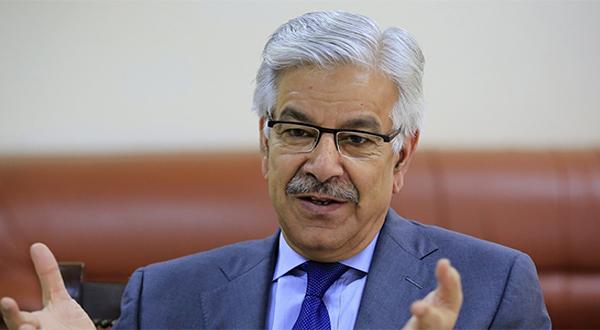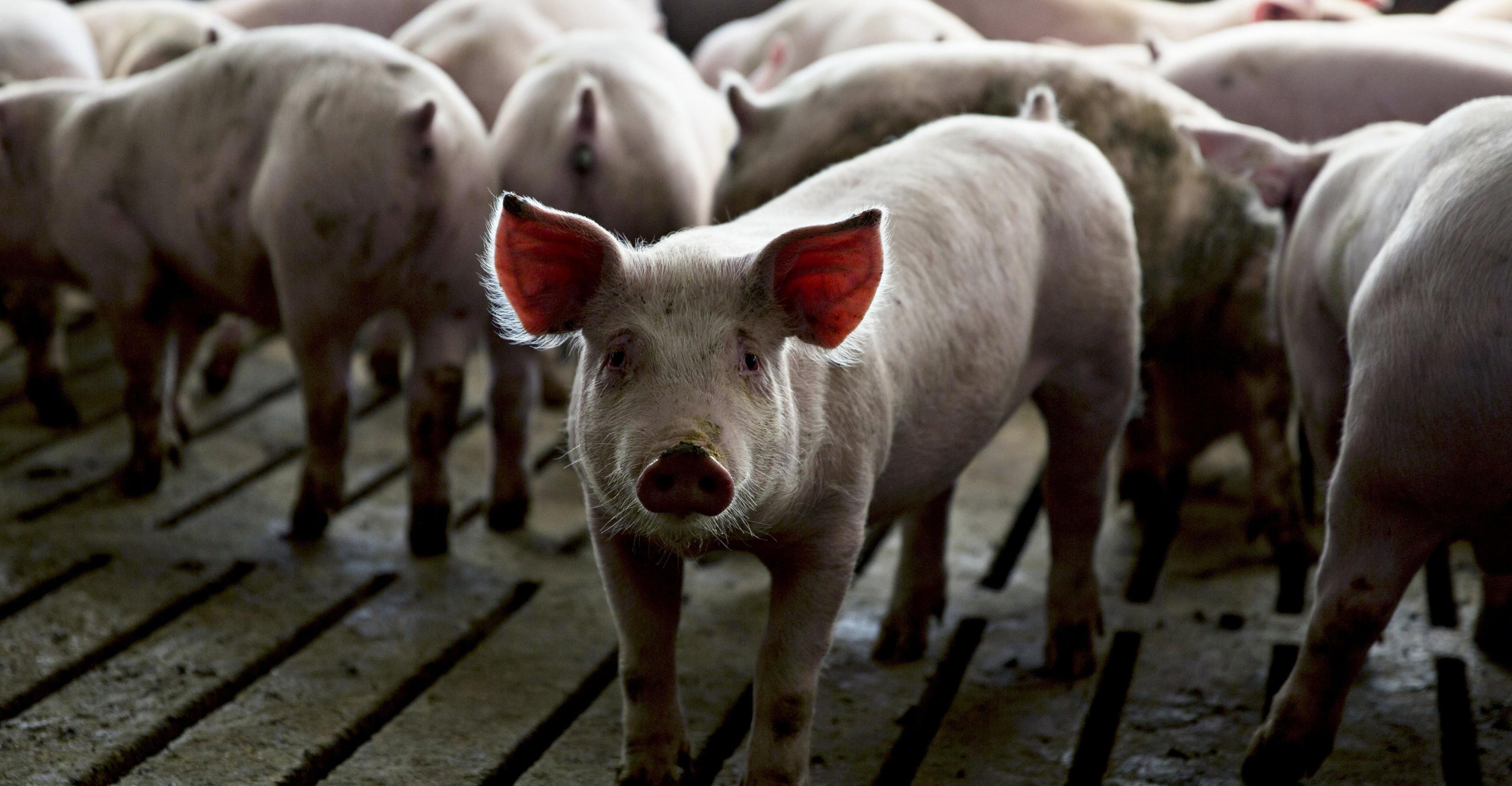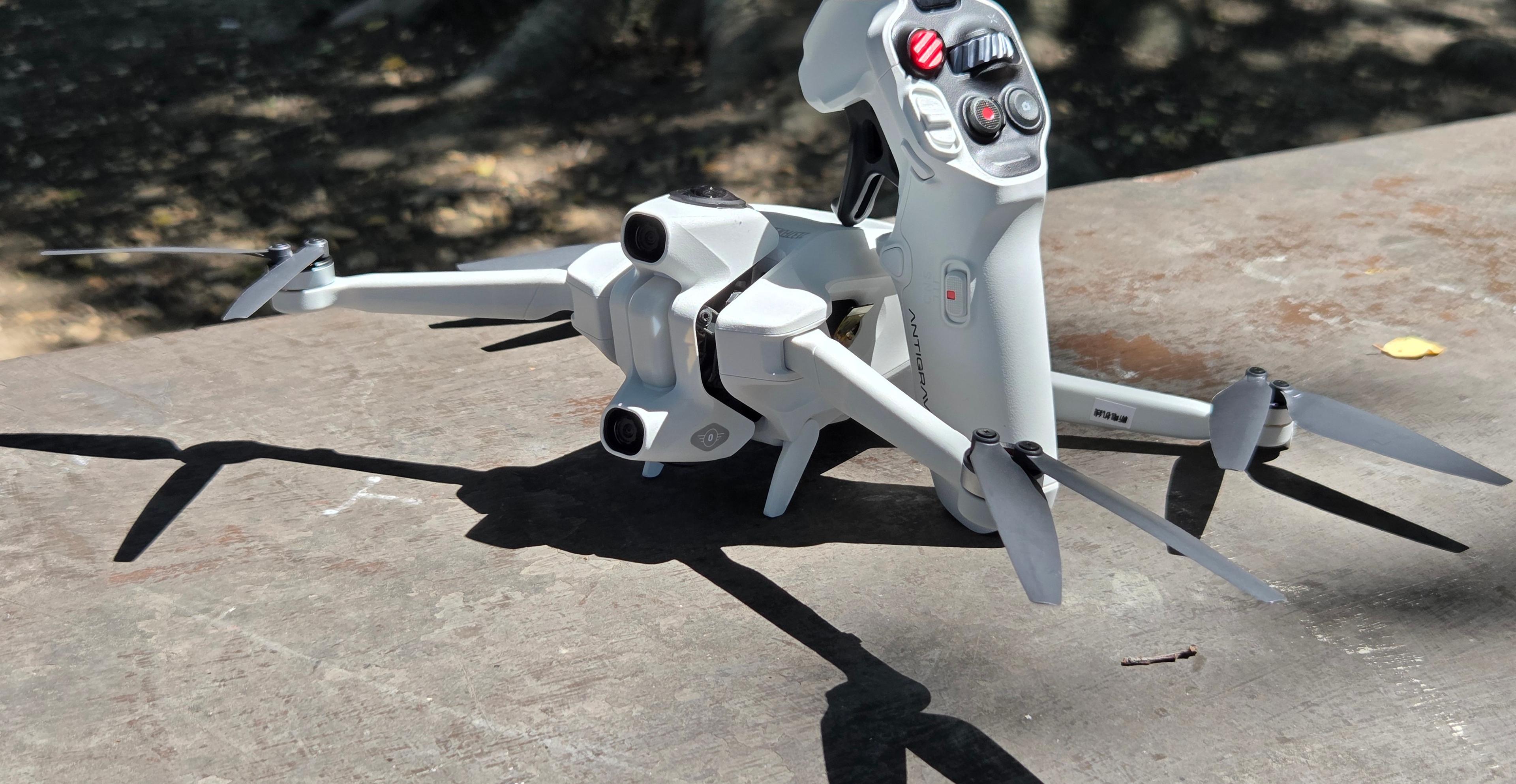Officials say an effective monitoring mechanism has been developed on a scientific basis at all points of entry


Islamabad: The Ministry of National Health Services, Regulations and Coordination on Monday said that not a single case of monkeypox has been reported so far in Pakistan.
According to the official sources, the situation is being closely monitored by the health authorities and all the national and provincial health authorities have been advised to remain on high alert for any suspected case of monkeypox.
They added timely detection and notification are important for prompt implementation of preventive measures and all public and private hospitals have been directed to ensure readiness for isolation and treatment.
Sources told Associated Press of Pakistan that concerned health authorities and professionals at all levels, stakeholders, especially the Central Health Establishment including monitoring points of entry have also been asked to remain vigilant.
They said that an effective monitoring mechanism has been developed on a scientific basis at all points of entry.
They added that the screening of all incoming passengers will be ensured particularly passengers coming from African countries. They said that instructions have also been issued for strong coordination among concerned organizations while steps are also being taken for awareness of the public.
Monkeypox is a rare viral zoonotic disease that is caused by infection with the monkeypox virus. Although the natural reservoir of monkeypox remains unknown, however, African rodents and non-human primates like monkeys may harbor the virus and infect people.
The patient develops a rash within one to three days after the appearance of fever, often beginning on the face and then spreading to other parts of the body. Other symptoms include headache, muscle aches, exhaustion, and lymphadenopathy.
The incubation period is usually seven to 14 days but can range from five to 21 days. The illness typically lasts for two to four weeks.
The transmission occurs via contact with an infected animal, human, or materials contaminated with the virus.
The virus enters the body through broken skin, respiratory track, or the mucous membranes like eyes, nose or mouth.
Other human-to-human methods of transmission include direct or indirect contact with body fluids, lesion materials or through contaminated clothing or lines.
SOURCE: APP

Tremors felt in Balochistan's Barkhan, surroundings
- 10 گھنٹے قبل

We’re running out of good ideas. AI might be how we find new ones.
- ایک گھنٹہ قبل
Erdogan warns Black Sea should not be ‘area of confrontation’ after strikes
- 14 گھنٹے قبل

3 theories that explain Trump’s collapsing support
- ایک دن قبل

Gold prices plunge in Pakistan, global markets
- 14 گھنٹے قبل

Anti-state elements to be held accountable: Kh Asif
- 10 گھنٹے قبل
Renowned motorcar stuntman Sultan Golden breaks two world records
- 11 گھنٹے قبل
Pakistan Army remains focused on internal, external challenges: Field Marshal
- 15 گھنٹے قبل

The alarming rise in antibiotic use by the meat industry
- ایک دن قبل
Inclusion of Parekh, Misa is a step in right direction for Canada at World Juniors
- 2 گھنٹے قبل
A great night for Kent, but another stain on the Hall of Fame
- 15 گھنٹے قبل

The Kennedy Center Honors continue Trump’s vengeance on liberal Hollywood
- ایک دن قبل








